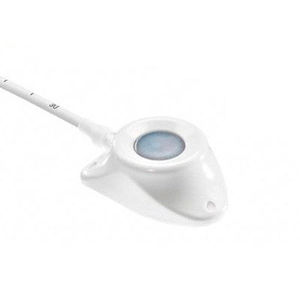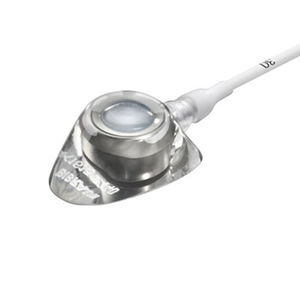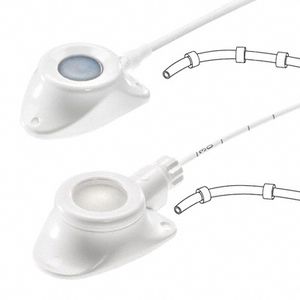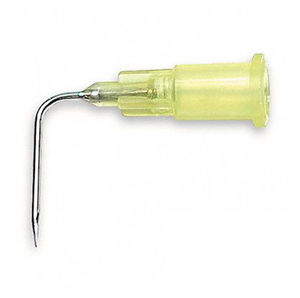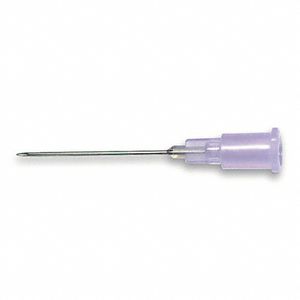
Implantable intraperitoneal port Celsite® Peritonealsingle-lumensiliconetitanium
Add to favorites
Compare this product
Characteristics
- Type of port
- intraperitoneal
- Number of lumens
- single-lumen
- Material
- silicone, titanium
Description
Celsite® Peritoneal
For loco-regional chemotherapy of peritoneal metastases and ovarian cancer
The Celsite® Peritoneal Access Port Systems are indicated for peritoneal applications and permit loco-regional chemotherapy of peritoneal metastases and ovarian cancer.
The radiopaque silicone catheter with multiple perforations ensures optimal diffusion of infused drugs and reliable patency of the catheter.
Special Features
- Connection is secured with the radiopaque titanium connection ring
- Radiopaque 15F silicone catheter with multiple perforations ensures optimal diffusion
- Compact port design with enlarged puncture area in relation to the port housing size
General Features
- Anatomic design and lower profiled nose for simplified insertion and patient comfort
- Titanium chamber for enhanced security
- High density silicone septum for reliable puncture and to ensure maximum port life
- 2 suture holes to facilitate fixation of the port
- MRI compatible, Latex, DEHP and PVC free
Available Implantation Technique
- Percutaneous
Additional Information
Celsite® Peritoneal is implanted at the base of the ribs and the catheter is placed at the desired location inside the abdominal cavity.
Catalogs
No catalogs are available for this product.
See all of Aesculap®‘s catalogsExhibitions
Meet this supplier at the following exhibition(s):

Related Searches
- B Braun implantable port
- B Braun implantable single-lumen port
- B Braun implantable venous port
- B Braun implantable titanium port
- B Braun implantable polymer port
- B Braun biopsy punch
- Implantable silicone port
- B Braun bone biopsy punch
- Double-lumen implantable port
- Implantable intraperitoneal port
- Implantable polyurethane port
*Prices are pre-tax. They exclude delivery charges and customs duties and do not include additional charges for installation or activation options. Prices are indicative only and may vary by country, with changes to the cost of raw materials and exchange rates.








